|
Thanks to my friend and colleague @marinagijzen for posting, on Twitter, an excellent video today about the 5 keys to social and emotional learning. Although the video is not PE specific in nature, after watching it, I could make immediate connections to how social and emotional learning play pivotal roles in quality #physed classes. When we look at how often students are required to work together during PE time, social and emotional learning should be addressed whenever possible. There are numerous ways to address the following 5 keys to social and emotional learning in PE classes. As a PE teacher, how do you address these key areas? Would love to hear your thoughts. What place in PE do you see these 5 key areas fitting? Does focusing on these 5 key areas enhance the quality of our PE programs or water them down? Addressing these areas, in my opinion, requires collaboration with classroom teachers and must be thought about well ahead of time when planning. Thanks Marina Gijzen for stimulating some much needed reflection and thought on my part in regards to how I can better address these areas in my PE classes. Please see video below to know more about the 5 keys to social and emotional learning.
0 Comments
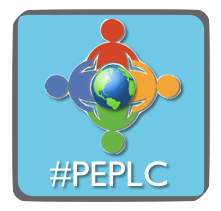 I just wanted to thank Nathan Horne, from iPhys-ed.com for the time he has put into the behind the scenes work with getting the PEPLC website up and going. We will launch the website soon, but before we do, we want to be sure that most things are well in place before making it public. Kelly Ann Parry is another person I would like to thank for getting the PEPLC vision up and going. She has been a constant sounding board for me and shares the same passion that I do about this project. She is very much a big part of the PEPLC website as we launch it very soon. I'd like to take this opportunity to introduce the PEPLC Steering Committee. This project is going to be made much more professionally rewarding by having these excellent educators aboard. Selecting a steering committee for a project of this magnitude requires much consideration and we feel as though this group brings a multitude of skill sets to the table that will enhance the overall quality and depth of learning that will take place in the arena of physical education. As good teaching practice is made even more effective when backed by the most current research available, the decision was made to balance the steering committee with both university-based educators and PE teachers from both secondary and elementary schools (public and private in nature). The aim of this project is to create long-term sustainable change to practices within professional development in PE. I think we are already off to a great start! So happy to have this bunch leading the way for PEPLC. 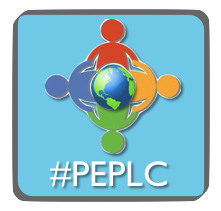 As we are nearing closer to the launch of the Physical Education Professional Learning Community PD project, we understand that there may be a number of #physed teachers signed up for PEPLC who may be unsure of how to access and/or use Google Hangout. iphys-ed founder and PEPLC steering committee member, Nathan Horne, has taken the time to create an instructional video that goes through the process of creating an account and navigating through Google Hangout. Google Hangout is not so tricky to use, but it would be worth it for you to watch this informative video and begin to practice using it ahead of the actual launch date of the PEPLC project. Doing so will ensure that any logistical issues you may have with using Google Hangout can be dealt with ahead of time hopefully creating a smooth start for everyone involved. Thanks to Nathan Horne for getting this instructional video done for our PEPLC network. More PEPLC updates coming soon! 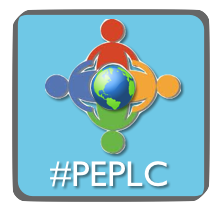 With each passing day the Physical Education Professional Learning Community continues to be developed behind the scenes. As logistical issues pop up, we are working our way through how best to set up this network to ensure long term success. Earlier today I had a skype meeting with Dr. Doug Gleddie from the University of Allberta regarding PEPLC. Doug has kindly agreed to help out in whatever way that he can and to sit on the initial committee overseeing the implementation of the program. Doug brought up a very good question which was directed at how pre-service teachers could be involved in the PEPLC project. I have received similar questions from other university professors who have signed up for the network as well. What we discussed was setting up a mentoring program not only for pre-service teachers, but also PE teachers, in general, who are new to the profession. I believe that PEPLC is the perfect avenue to set up a mentoring program of this sort as there are a number of experienced teachers signed up for the network who I am sure would be willing to serve as mentors. If you are a pre-service teacher reading this blog post and are interested in being mentored, please drop me an email to express interest and I will add your name to a list. This goes for new teachers as well. If you are new to the profession and are looking to connect with a mentor, let me know ([email protected]). Spread the word to others who you think may be interested. As a pre-assessment task in adventure challenge, I had my kindergarten students help me to identify what they felt were important elements of working together. Through some simple cooperative games, we had an ongoing discussion about how we can work together well in order to accomplish a task successfully. Although kindergarten students' attention span is relatively short, they were still able to identify 4 key elements to working well together in groups. The 4 they came up with were: I recorded some of their ideas about how they worked well together and will keep this poster up for the unit as I am doing in adventure challenge as well. Continually adding their thoughts as the unit progresses will hopefully reinforce the essentials related to working successfully together on teams. The picture below shows some of the ideas that they came up with. Simple in nature but I could see that the students were tuned into the activity which was good.
We are moving into an invasion games unit to end the year off in PE in my grades 2 and 4 classes. To introduce the unit, I played a number of simple attack and defend space type games in yesterday's classes. In between these activities, I was asking my students to have a think about which skills are essential in order to be successful when attacking and defending space. As I aim to create lots of visuals in order to show a progression in student learning, I recorded their thoughts and ideas on a poster sized piece of paper that is located on the gym wall.
We will continue to add ideas to this poster as the unit unfolds with all classes doing the invasion games unit contributing to this visual. Please see the initial ideas that my students came up with. The main focus of this unit is developing the students' understanding of the concepts and benefits of teamwork, game spirit, and basic tactics and strategies in games, so much of the visual learning taking place will address these themes. Seems like we got off to a great start yesterday. 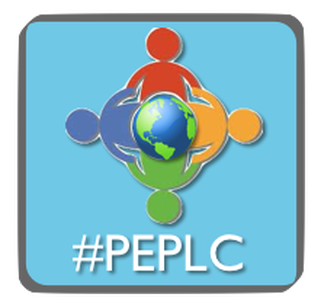 For a few days now, I have been meaning to get more information out about the Physical Education Professional Learning Community (PEPLC), but with a bunch of end-of-year tasks springing up on a daily basis, my time has been limited. I am happy to have found some time today to write up a blog post in regards to the PEPLC vision and mission statement along with other important considerations as this project continues to move forward. I would like to thank Kelly Ann Parry for the time and energy she has put into creating the vision and mission statement for PEPLC. As well, I would also like to thank Dr. Dean Dudley and Brendan Jones for helping to edit and refine the two statements. It is an absolute necessity to be sure that we have a solid infrastructure in place before PEPLC kicks off. Doing so will ensure greater long term success of this project. We believe that Google Hangout will best serve the needs of PEPLC and allow multiple teachers to join in on video meetings being held. I know that many of you have probably not used Google Hangout that much or at all, so Nathan Horne from iphys-ed.com has volunteered to put together an instructional video on how to set up your Google Hangout account and how to navigate through it as well. I should be posting that video over the next few days. I would now like to introduce the official vision and mission statement of PEPLC. I truly believe that this is going to be a wonderful professional development opportunity for all those involved and thank you for your willingness to be a part of this project. I have been getting quite a few emails asking about what time commitments are involved in this project. As I see it, each learning group itself will address this question by looking at their own time commitments and coming up with a schedule on their own. I think that groups should meet, at minimum, once a month. However, within each group there may be teachers who have break away sessions on their own aside from the bigger group. These break away sessions may be one-offs or consistent in nature. Again, this is up to each group and its members. Critical Questions for Monthly Meetings 1. How have teachers improved learning (Cognitive, Psychomotor and affective) during physical education for their students as a result of their teaching and learning practices? 2. What evidence have they collected to substantiate these learning claims? In order for professional learning networks (PLN) to be sustained and meaningful, the main focus should be on demonstrating improvements in students learning. This should be the focus of our monthly presentations. Improving students learning Demonstrate results in terms of improvements in students learning, this is key to endurance of change in instructional practice (Guskey, 2010). The goal should be to show how the professional development teachers are taking part in, whether it is assessment, instructional practices, leadership etc. can improve student learning. How can improved outcomes be measured in cognitive, physical and affective domains? Exams, assessments, performance, attendance, their involvement in class, behavior, motivation for learning, attitudes toward learning. Reporting on non-successes It is also important to inform on our non-successes too! Not everything we do is effective and works. It is critical that we document and share our failures. By doing so, we are being truly reflective about our practice and learning from our mistakes. Sharing these mistakes and failures is an extremely informative part of this process. Providing support How are we going to use this PLN to support the teachers in improving students learning? We need to establish an area of focus within our groups – what is it that we are going to work on in terms of improving learning? What do the teachers need to do to improve their practice? How can we help them develop quality teaching and learning experiences for their students?  Moving Forward Within the next 2 weeks, I am hoping to have guest lecturers (expert in nature) video themselves sharing their thoughts about each learning theme (Instructional models, leadership and mentoring, assessment, curriculum and programming, and innovation & technology). These videos are meant to get teachers thinking deeply about their own practice and the learning theme itself before PEPLC actually kicks off. This is the next step in the process. I would like to suggest that each teacher reading this who has signed up for PEPLC begin to reflect on their learning themes of choice and document their thoughts in a journal. What are your burning questions? What are your uncertainties? What do you feel you do well? Most importantly, what specifically do you want to know more about within each learning theme? Talk to you all soon about further steps needed in moving PEPLC forward. Very fortunate to have been asked to be featured on #Physedagogy which is hosted by Adam Howell (@dumbjockmyth). Adam has done a lot for the #Physed community on Twitter and is a very easy person to speak to while be interviewed. It was great to be able to share my own practice but to also discuss #PEPLC, the Physical Education Professional Learning Community that I have been a part of helping to set up along with some other key people (Kelly Ann Parry, Brendan Jones, Amanda Stanec, Nathan Horne, and Dean Dudley). Thanks Adam for letting me share, I appreciate it. If interested, the interview with Adam can be seen below. Thanks! 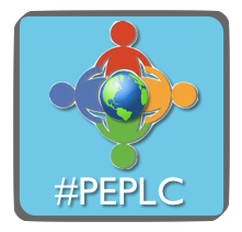 I just wanted to give everyone a progress update with how setting up #PEPLC is going. The response so far has been excellent, lots of educators from various backgrounds and from within different roles have expressed an interest in being a part of a PD network such as this. At this point there are 104 teachers who work in 25 different countries signed up. Once the learning gets rolling, look out! It is going to be great. I ask for your patience as we work through the logistical issues with setting up these different learning groups. In order to ensure a solid infrastructure is in place, we need to work through the best ways to set up these learning groups. We are currently reflecting on parameters and on both a vision and mission statement for #PEPLC. There is no doubt that this is going to be a wonderful professional development opportunity for all those involved. I will endeavour to answer all of the questions posed by teachers who have signed up. The main questions that have been asked so far are below. Here we go: Will we have access to the other discussion groups also? Absolutely yes! The plan is that hopefully most groups will use google hangout for the professional dialogue that will be taking place. These google hangout meetings can be streamed on to You Tube and watched live or watched at a later date. The idea is to have a whole bank of knowledge, ideas, and good teaching practice sharing taking place in each of the learning groups and that other groups definitely have access to it. Do you need a Google + account to participate in the PLC? Yes, there must be a way for people to do multi-person video meetings and, at this point, google hangout seems to be the best option. As well, other tools can be used such as google forms, google docs etc. Are we going to be able to ensure the groups can be facilitated effectively to avoid a lot of "this is what I do" conversations? Fantastic question here. Before we kick start this project, we will absolutely have specific parameters in place and a suggested structure for meetings. People sharing what they do will be a part of this, but the more complete picture will be about the group sharing learning goals and strategies. Hopefully participants can share different reading and research that they have come across that will assist teachers on their journeys toward meeting or achieving the goals that they have set for themselves. So, to answer this question, we definitely want these meetings to be facilitated effectively and will strive to ensure that this happens. How are you planning on organising meetings of teachers from various countries (esp in different time zones)? At this point, learning groups will be put together based on common themes selected bearing time zones in mind. For example, Australia/Asia together, North America together, so it won't be one specific time zone as we want to keep it flexible. However, having said this, if somebody who teaches in Melbourne, for example, wants to pop in on a google hangout taking place in North America, they should be able to do so provided that there is space available in the google hangout (max up to 10 per video meeting). Keeping this flexibility allows for multiple options for educators to choose from. What is the general expectation in regard to contribution to the project (i.e. amount of time, etc.) Another good question here. How often the group meets is really up to its members. There will be times that group members cannot make it for various reasons. However, as these meetings will be streamed on to You Tube, group members that miss a meeting can easily catch up on the discussion. We have discussed the idea of each group making some form of presentation during the process to show where their learning has taken them. This is very valuable info for other groups to have access to. I personally see it as groups meeting a couple of times a month, but that is just my own opinion. 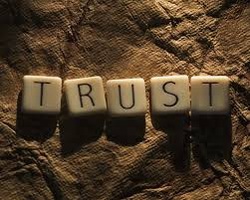 Not a day goes by that I am not appreciative of the profession I am in. So many opportunities to not only shape and mould our own teaching practice, but to inspire our students to be their best. Tapping into their talents, creativity, interest points, and prior knowledge is challenging at the very best of moments, but we should always strive to do so, right. With the annual sports days (early years, elementary, and secondary) behind us, I wanted to give my stars a reprieve from the running, jumping, and throwing in the heat, to take part in a bunch of adventure challenge/cooperative learning activities this week and next. I enjoy engaging students in challenges that require little or no equipment as it focuses on building upon and strengthening communication skills. My goal for this week was to have all of my grade 3 and 4 classes take part in an excellent challenge that really requires trust. Taking any moments possible to focus on trust is essential in my opinion, especially in regards to cooperative type challenges. My thought of the day on Thursday, May 16th was directly related to the kindness of humanity -- how people take the time and effort to make a positive difference in the lives of others. After doing this blog post, I felt that it would be great to share the ‘Honk if you love someone’ video with my students BEFORE having them take part in the trust-building activities I had planned for them. Please see the progression and breakdown of this lesson. It worked so well and the kids were great. I feel as though they really received the message that TRUST is so important in our lives and within the relationships we have. Step#1: Have your students watch this short 4-minute video and ask them to think about what the main message being presented is. Have them think about key words that sums up the message of the video and how it made them feel. Step#2: Breakdown the main message being presented in the video by recording your students' thoughts on paper. My driving question was 'How can we ensure that we are working together and showing teamwork?" I then had them take turns in describing how the video made them feel and to share ideas about being better team players. See the results in the picture below. Step#3: Introduce the first game to the students. I call it the 'Silent Partner Lead' game. The main idea of this game is that there is a leader who guides a partner around the room who has their eyes shut. They do this by remaining silent and guiding their partner around the room/gym by placing their hands on their partners shoulders. They gently turn their partner either way and lead them in and around the other teams also navigating their way around the room. Enter very fun part of the game! The trick of this activity is that the leaders must silently and safely switch who they are leading around the room a few times during the activity. I get them started off in this activity by playing music. While the music plays, the leaders begin maneuvering their partners around the room for about 2-3 minutes switching off with other leaders. When the music stops, the person being led keeps their eyes shut and must guess who is leading them. They are so surprised to see who it is. This is great to observe. Watch the video below to get a glimpse into how this trust building task works. Step#4: You will see that your students will really love this game. They have a bunch of feeling going on at once, a bit of fear, excitement, and a feeling of responsibility as they lead and be led. Now, time to move on to another goodie. I call this game 'Joy, Love, Peace'. The concept of being led and leading remains in place, but this is how the game now shifts. Partners stay together in this activity. They do not switch off as they did in the previous task. The leader is no longer allowed to touch their partner but must now lead and direct them around the room using only their voice. The only time they place their hands on them is if their partner is in danger of running into a wall or someone else. Shuffling steps! The person with their eyes closed only shuffles slowly around the room in order to ensure safety. When giving directions to their partner, the leader would normally use the words: left, right, straight, stop, and backwards. However, we are going to spice it up with a little love, peace, joy, happiness, and surprise. Left = Love Right = Peace Straight = Joy Back = Happiness Stop = Surprise Now all your beautiful students will be walking around and filling the room with a lot of Loves, Joys, Peace, Happiness, and Surprise. I can say with full certainty that everyone of my students thoroughly enjoyed this activity. It was meaningful and was a direct follow up to the main gist of what they had seen in the video earlier and was an excellent way to address the theme of trust. Please see video below of the 'Joy, Love, Peace'. The Assessment Reflection can play a powerful role in determining what our students know in terms of the intended concepts being taught in our classes. Reflection is a huge part of my program and the #Sportfolio that I use for my classes. I thought that getting my students to do reflections after this activity would be a valuable source of feedback. Please see examples of student assessment below. Try these activities out and let me know how they work for you. Adapt, modify, and tweak them if you want and share them back with me for my blog. Thanks! |
AuthorKAUST Faculty, Pedagogical Coach. Presenter & Workshop Leader.IB Educator. #RunYourLife podcast host. Archives
September 2022
|
- Welcome
- All Things Teaching and Learning
- The Aligned Leader Blog
- Consulting and Coaching Opportunities
- My TED X Talk
- My Leadership Blog
- Run Your Life Podcast Series
- How PYP PE with Andy Has Helped Others
- Good Teaching is L.I.F.E
- The Sportfolio
- Example Assessment Tasks
- PYP Attitude Posters (printable)
- Publications
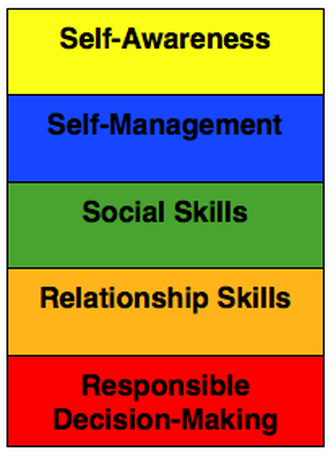
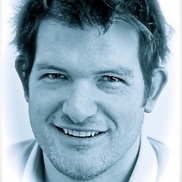
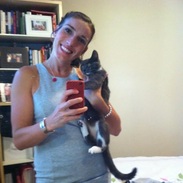

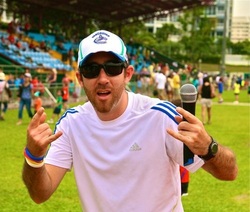
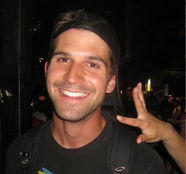
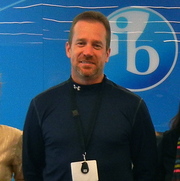
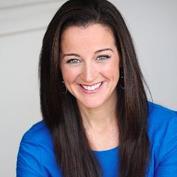
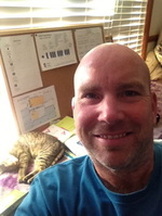

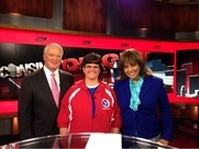


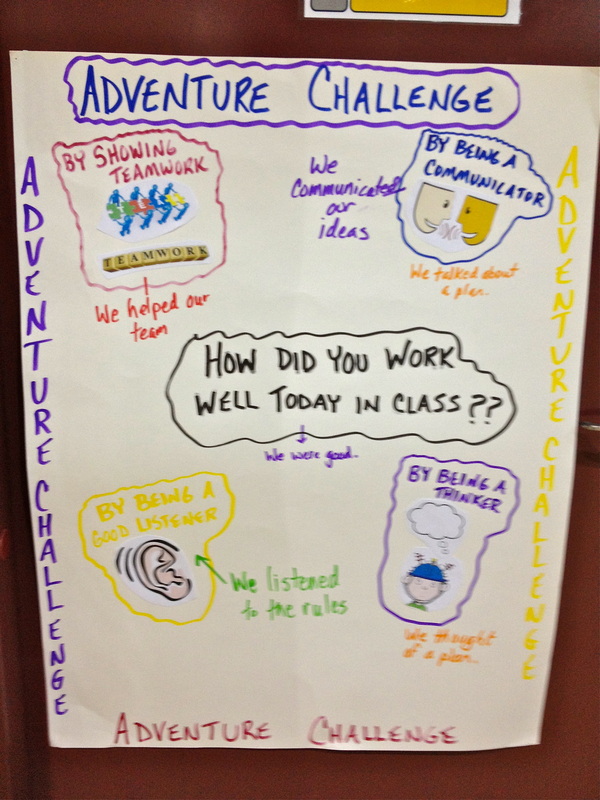
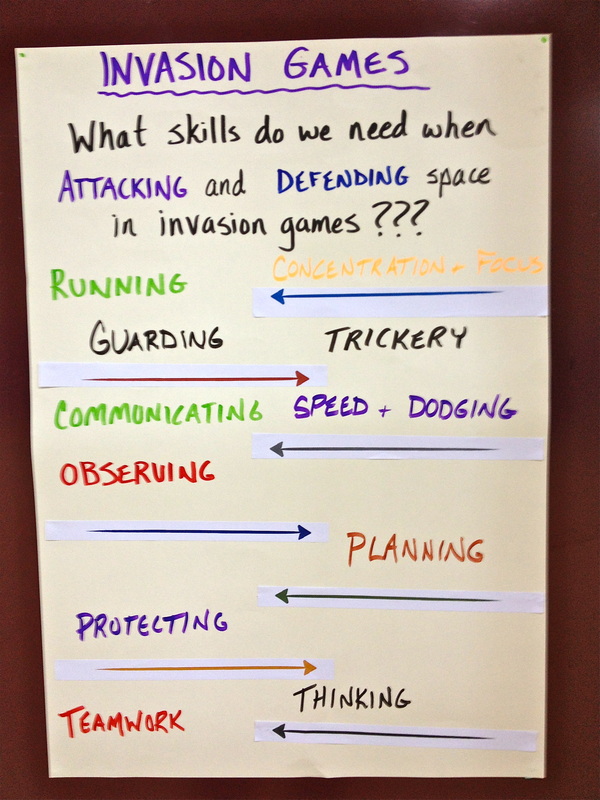



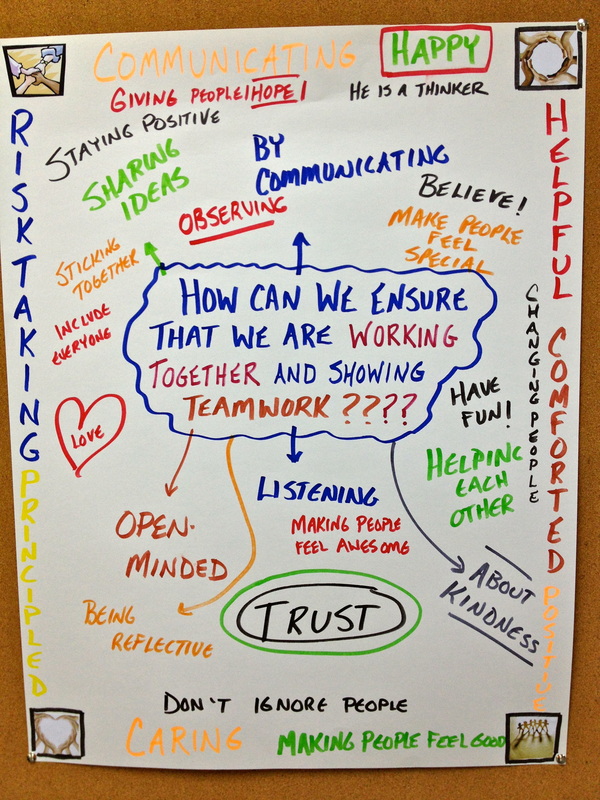
 RSS Feed
RSS Feed
